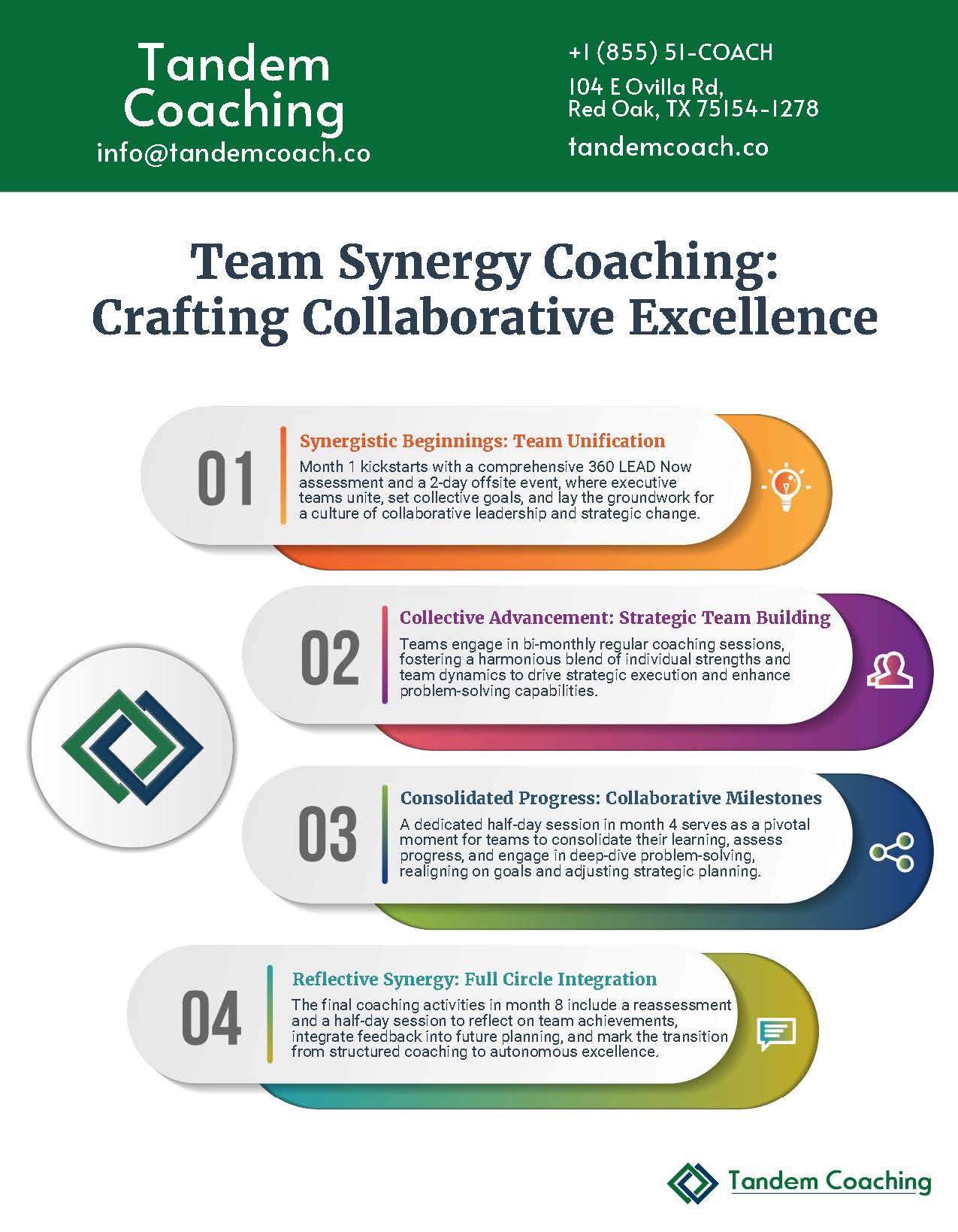What if the key to your company’s success wasn’t just adapting to change but mastering it?
Whether it’s evolving market demands, cutting-edge technologies, or restructuring your teams, shifts are happening around you constantly. For HR directors and top-level managers, knowing the different types of organizational change and how to navigate them effectively can be the difference between thriving and falling behind.
“It’s very difficult to innovate without requiring people to do something different. And whenever you require people to do something different, you’re talking about change.” John P Kotter
In this post, we’ll explore the main types of organizational change and share actionable strategies to help you lead your company through each transition. Let’s dive in.
TL;DR – Types of Organizational Change
There are many types of organizational change. Here are the most common ones:
- Strategic change: Shift in the overall direction of the company.
- Structural change: Reorganizing roles, teams, or departments.
- Process and system change: Improving internal systems and workflows.
- People and culture change: Transforming values, behaviors, and team dynamics.
- Transformational change: Large-scale overhaul impacting how the entire business operates.
- Incremental change: Small, steady improvements to existing processes.
We will discuss each of them in more detail. Read on to find out more about organizational change and how to manage it successfully in your organization.
Would you like an experienced executive coach to guide you through your change management process? Contact us now to book a free consultation.

What is Organizational Change?
Organizational change is how companies adjust their operations, structure, or culture to respond to internal and external pressures.
Changes can be small, like tweaking workflows, or major, like a complete company overhaul. Many factors, like market competition, technological updates, or new leadership, make changes necessary.
What is Organizational Change Management?
Organizational change management is about guiding your company through transitions to ensure they happen as smoothly as possible. Whether it’s a minor adjustment or a major shift, change management provides a structured approach to minimize disruption and keep everyone on the same page.
Handling change carefully can maintain productivity and reduce the impact on daily operations.
Executive coaching can help your leaders confidently navigate the difficult waters of change management. The benefits of executive coaching include improved communication and motivational skills, listening, and self-awareness—all of which are extremely useful in organizational change management.

Organizational Change Examples
Organizational change is often required in situations that warrant a new way of strategizing and executing functions. Typical examples of situations can include:
- Digital Transformation: Adopting new technologies, such as cloud computing, AI, or automation, to improve efficiency and customer experience.
- Structural Change: Restructuring hierarchy, perhaps flattening management layers to promote faster decision-making and collaboration.
- Cultural Change: A shift in workplace culture to prioritize diversity, inclusivity, or innovation, such as encouraging remote work or cross-functional teamwork.
- Leadership Change: A new CEO or executive team redefining the company’s vision, mission, or strategic goals.

Why is Organizational Change Important?
Organizational change isn’t just about surviving — it’s about thriving. If you embrace change, it helps you:
- Adapt to Market Shifts: Respond quickly to changes in consumer demand and industry trends.
- Stay Competitive: Keep your company from falling behind by continuously improving.
- Enhance Productivity: Optimize processes and structures to get better results.
- Drive Innovation: Encourage new ideas and approaches that fuel long-term growth.

6 Types of Organizational Change
Let’s break down the key types of organizational change you may want to implement:
1. Strategic Change
Strategic change shifts the direction of your company to achieve long-term goals. This often involves redefining your company’s mission, reallocating resources, or adapting to new opportunities and threats.
For example, your company may pivot its focus to innovation or restructure after a crisis.
2. Structural Change
This type of change affects your organization’s hierarchy or structure. It could be driven by a merger, acquisition, or the need for better efficiency.
For instance, you might reassign teams, consolidate departments, or update management systems to cut costs or streamline operations.
3. Process and System Change
Here, the focus is on improving the systems and workflows within your company.
This could involve automating tasks, adopting new technologies, or revising outdated procedures. Process and system changes are typically aimed at increasing productivity and efficiency.
4. People and Culture Change
Cultural changes transform the way people interact and work together. It’s about shifting values, behaviors, and interactions to support a better workplace.
This could involve coaching, leadership development, or introducing new policies that increase employees’ engagement and support.
5. Transformational Change
Transformational change is big. It often involves completely overhauling your organization’s structure, processes, and strategy. These changes are deep and require commitment from both leadership and employees.
Companies undergoing transformational change usually aim to reinvent how they do business.
6. Incremental Change
Small changes can lead to big improvements over time. Incremental change focuses on making gradual tweaks to your company’s operations.
This could mean improving a process here, updating a system there, or making minor adjustments to boost efficiency.

How to Implement Organizational Change
After decades of studying change management in organizations, Harvard Professor John P. Kotter developed his now-famous eight-step model for implementing change, which he later renamed ‘the 8 Accelerators of Change.’
They are:
- Create a Sense of Urgency: Involves communicating the importance of the change, highlighting potential risks of inaction, and motivating employees to embrace the shift before it’s too late.
- Build a Guiding Coalition: This coalition should be formed by the people who will be most affected by the change, and it should give them a chance to become its champions.
- Form a Strategic Vision: To get buy-in, create a compelling picture of the future you are creating through this change.
- Enlist a Volunteer Army: Find people who want to contribute and work together as a collective to bring about the desired change.
- Enable Action by Removing Barriers: Remedy issues like siloed communication channels.
- Generate Short-Term Wins: Celebrate progress to motivate and energize people to go the distance.
- Sustain Acceleration: Use the wins to up the ante and implement change after change to increase momentum.
- Institute Change: Make sure that the change is fully integrated with working methods and show what successes have come from it along the way.

How to Communicate Organizational Change
To create a smooth transition, communication is critical at all stages of the implementation.
Here are some best practices:
- Equip Employees with Knowledge: Give them the tools and information they need to understand the change.
- Listen and Give Space for Questions: When communicating the change, give plenty of space for questions. Encourage employees to ask what is on their minds.
- Gather Feedback: Allow employees to voice their concerns and take them seriously.
- Use Multiple Channels: Reach people through different platforms like email, meetings, and internal announcements.
- Tailor the Message: Make sure each team knows how the change affects them.
- Be Ready for Resistance: Address concerns with transparency and support.
You can always consider executive communication coaching to optimally prepare you for these – often challenging – conversations.

Opt for Certified Executive Coaching at Tandem
Navigating organizational change isn’t just about implementing new strategies or systems—it’s about confidently leading your team through uncertainty.
At Tandem Coaching, we offer certified executive coaching to help you strengthen your leadership skills during times of transformation.
Bespoke Coaching Program
Our bespoke coaching program is designed to complement your approach to leading change.
Whether you’re guiding your team through strategic shifts or cultural transformations, we tailor our coaching to your unique situation.
One-on-One Expert Coaching
Change can test even the most seasoned leaders.
Your coach will work one-on-one with you to strengthen the specific leadership skills needed to drive successful change initiatives, from communicating new strategies to addressing resistance within your team.
Strategic Career Growth
Whether you’re leading a transformational change or fine-tuning incremental improvements, our coaching provides the tools you need to grow professionally and reach your next leadership milestone.
Would you like to know more? Contact us now to book a free consultation.

Frequently Asked Questions (FAQs)
Below are some frequently asked questions about change management:
What are Common Challenges Faced During Organizational Change?
Organizational change often brings several challenges. Some of the most common include:
- Employee Resistance: People are naturally hesitant to change, and getting everyone on board can be tough. Clear communication and support are vital to ease concerns.
- Lack of Resources: Change requires time, money, and effort. Without proper planning, a company can struggle to allocate the necessary resources.
- Inadequate Leadership Support: It can be hard to implement effectively if leaders don’t fully back the change. Leadership buy-in is crucial for success.
- Poor Communication: When employees aren’t kept in the loop or don’t fully understand the reasons for the organizational change, it can create confusion and slow progress.
- Cultural Misalignment: If the change doesn’t align with the company’s existing culture, it can be difficult to get employees to embrace it.
Can an Organizational Change Affect the Culture of a Company?
Yes, organizational change can significantly impact company culture. Whether it’s shifting values, new leadership styles, or changes in communication, these adjustments can reshape how people interact and work together. Culture is the foundation of an organization’s operations, so even small changes can influence overall morale, collaboration, and employee engagement.
For example, a company may decide to promote a more open and transparent communication style. This could require rethinking leadership approaches, updating policies, or training teams to embrace new behaviors.
Why is Organizational Culture So Difficult to Change?
Organizational culture is deeply ingrained in how people think and behave at work, making change challenging. People are comfortable with familiar routines, so when you try to shift those norms, you often face resistance. Additionally, culture is shaped by long-standing practices, values, and relationships, all of which can take time to evolve.
Leadership plays a big role in shaping culture. If leaders don’t model the desired changes, employees are less likely to adopt them. Furthermore, changing culture requires a sustained effort, clear communication, and continuous reinforcement. It’s not something that happens overnight.
Conclusion
Organizational change is a powerful tool for growth and innovation, but it needs to be managed thoughtfully. By understanding the types of change and following clear strategies for implementation and communication, you can lead your company through transformations that will set you up for long-term success.
Book a free consultation to find out how we can coach you through the challenges of organizational change.

















